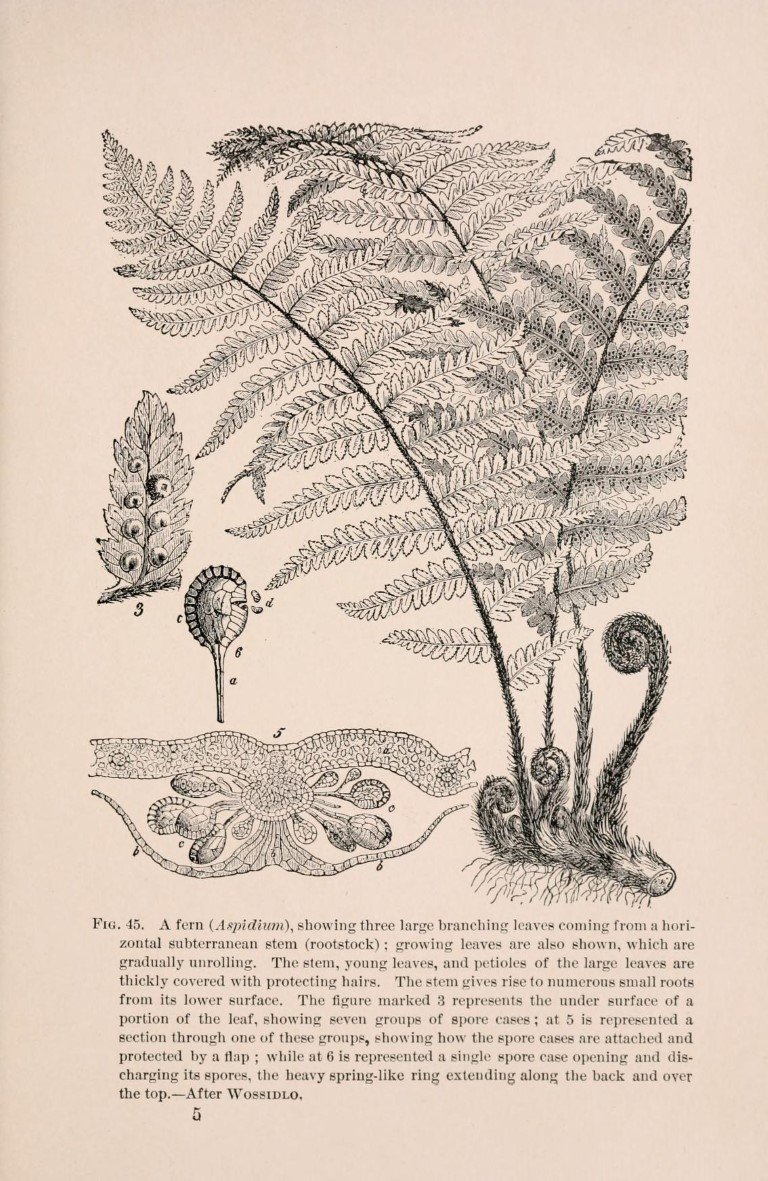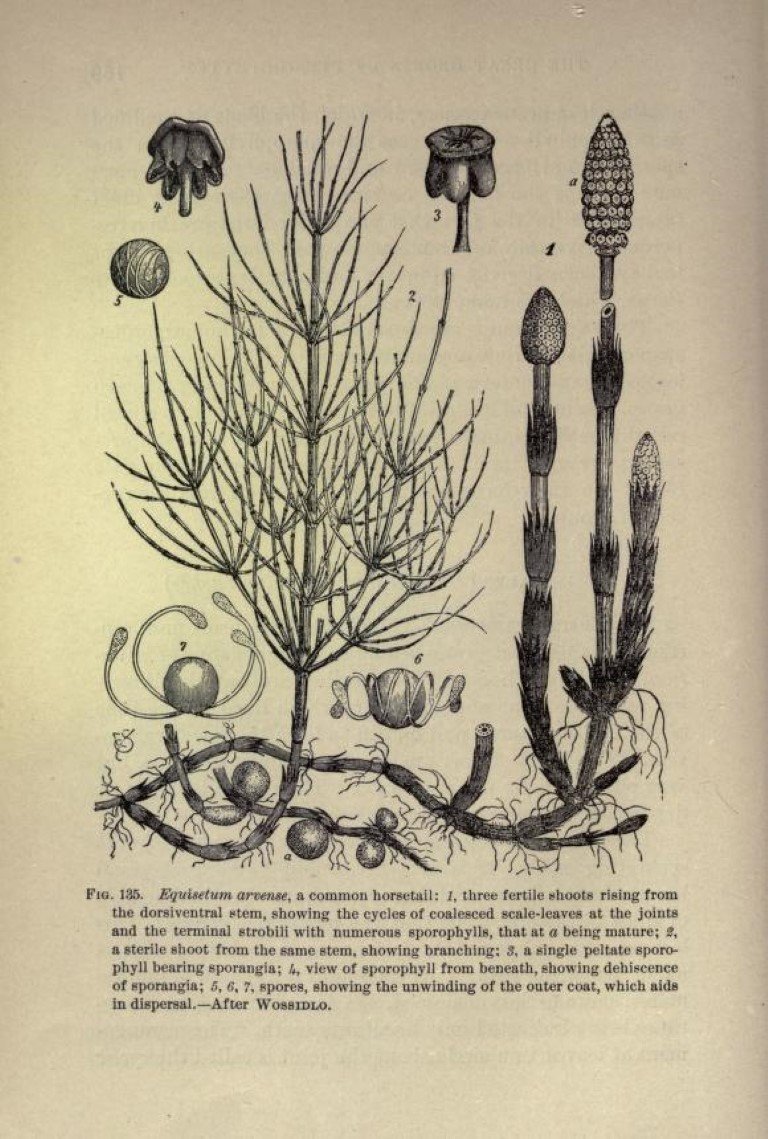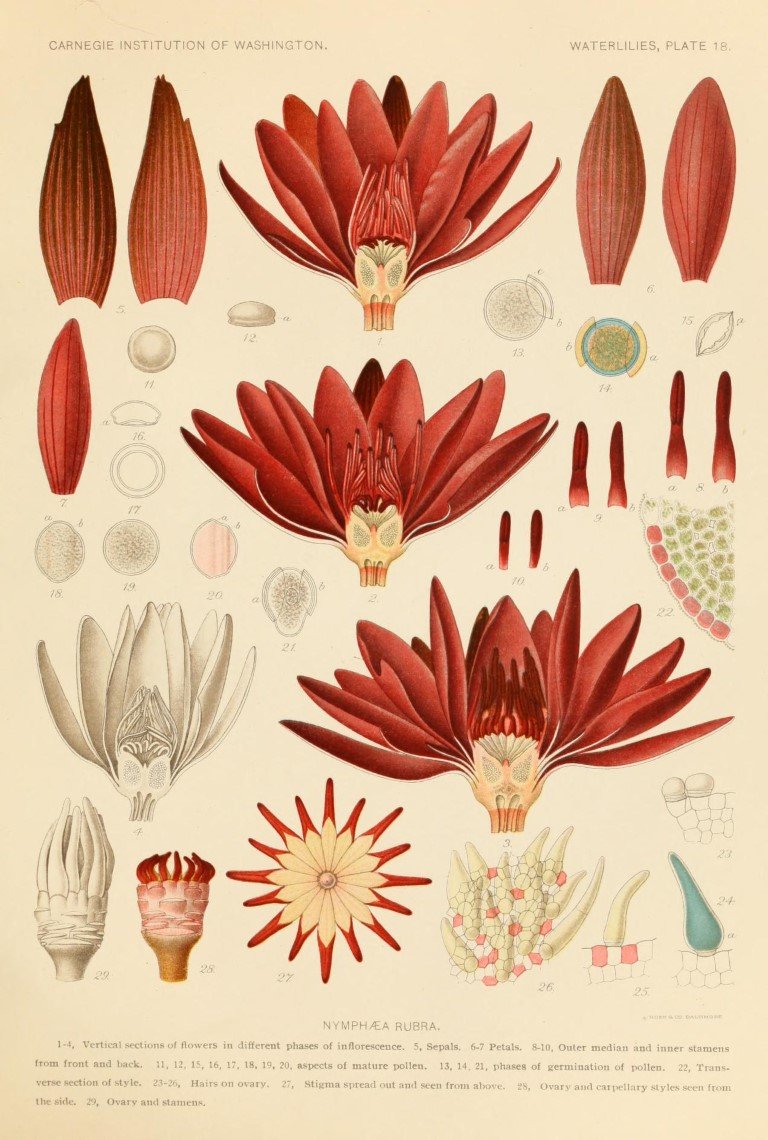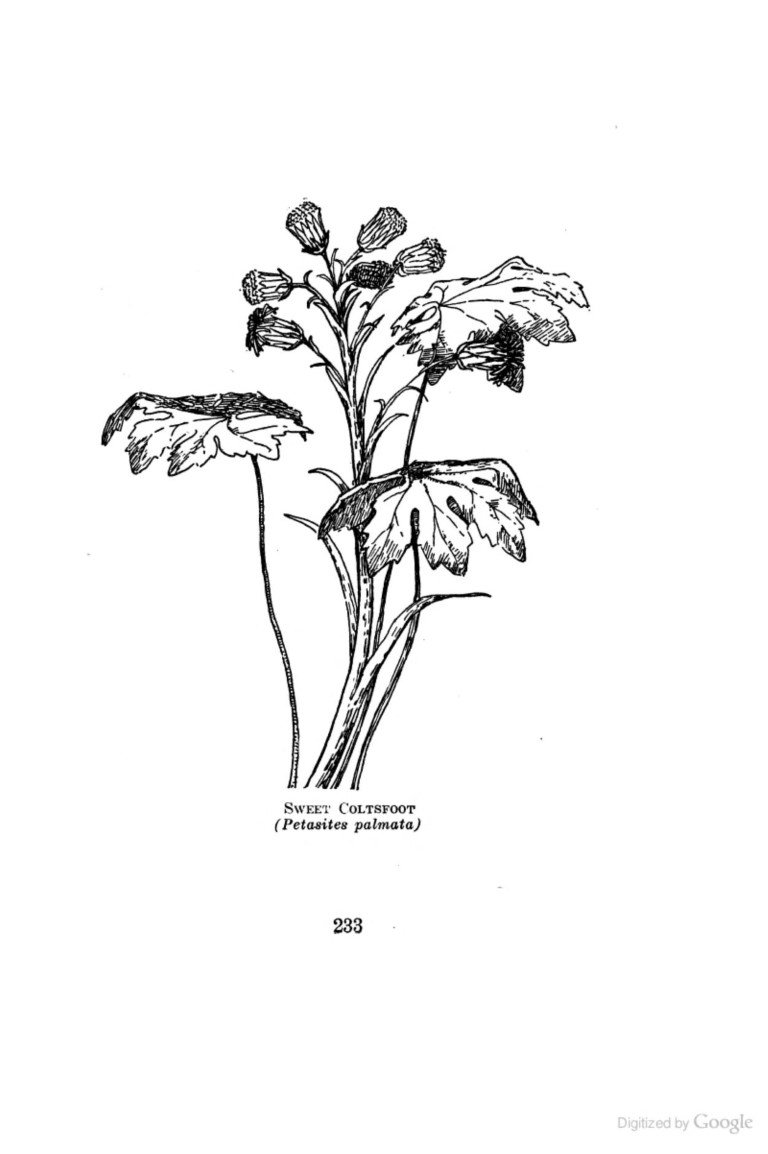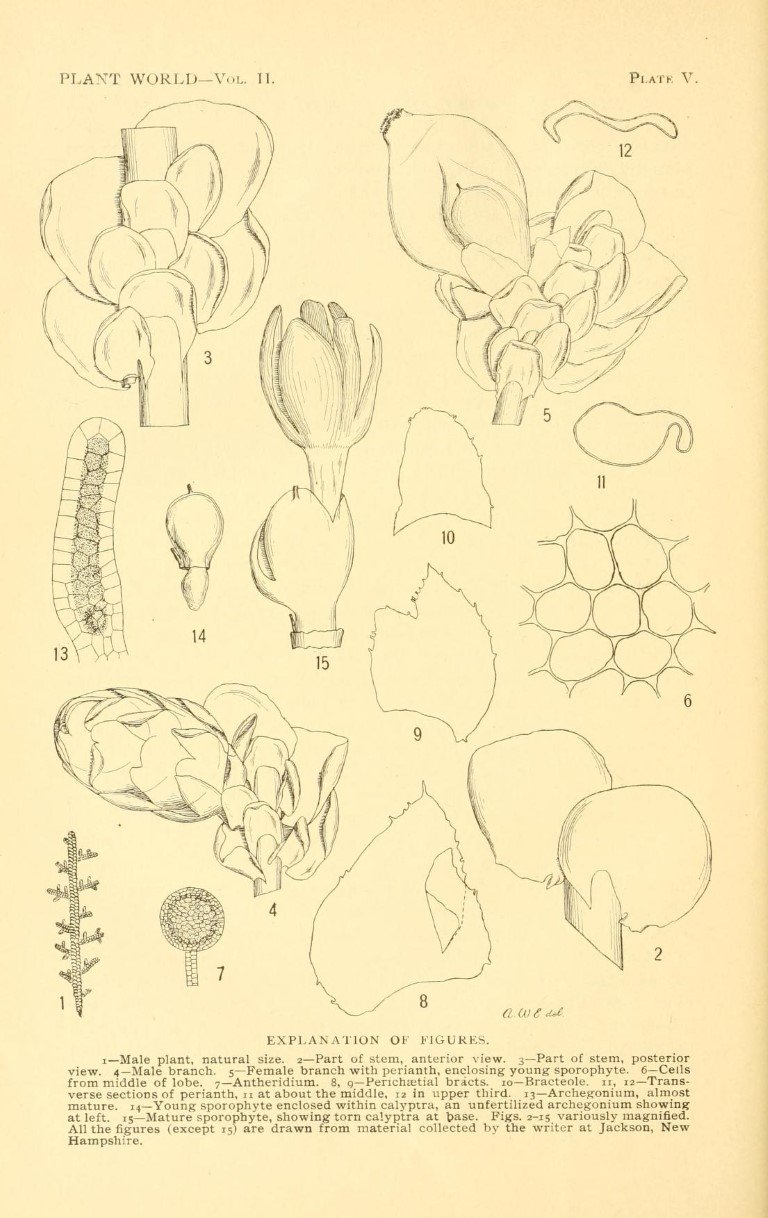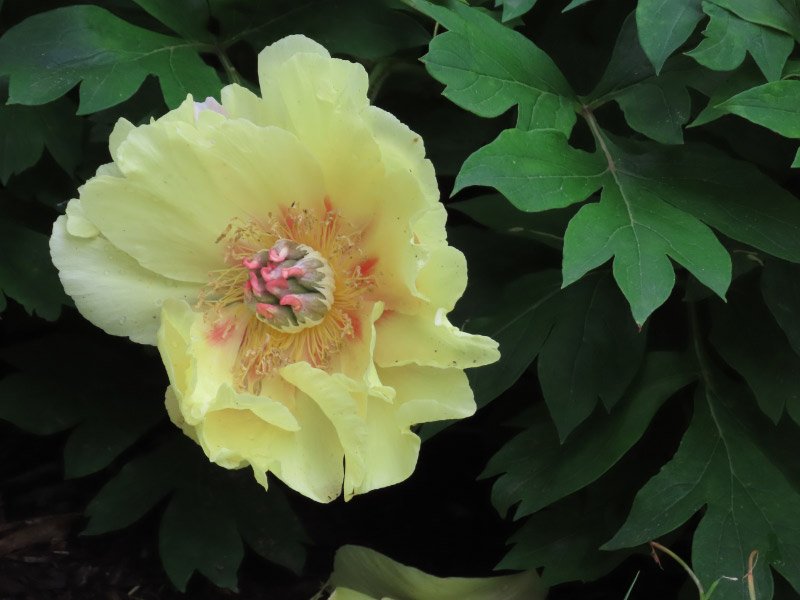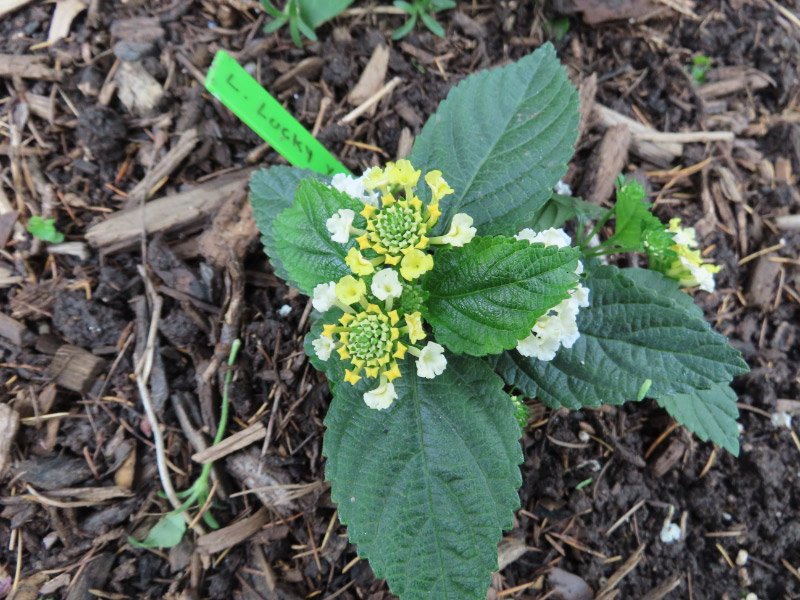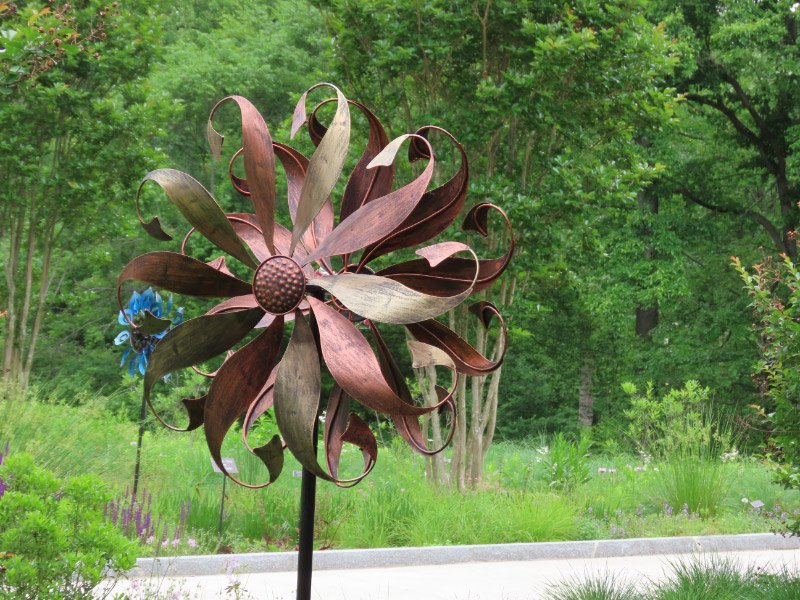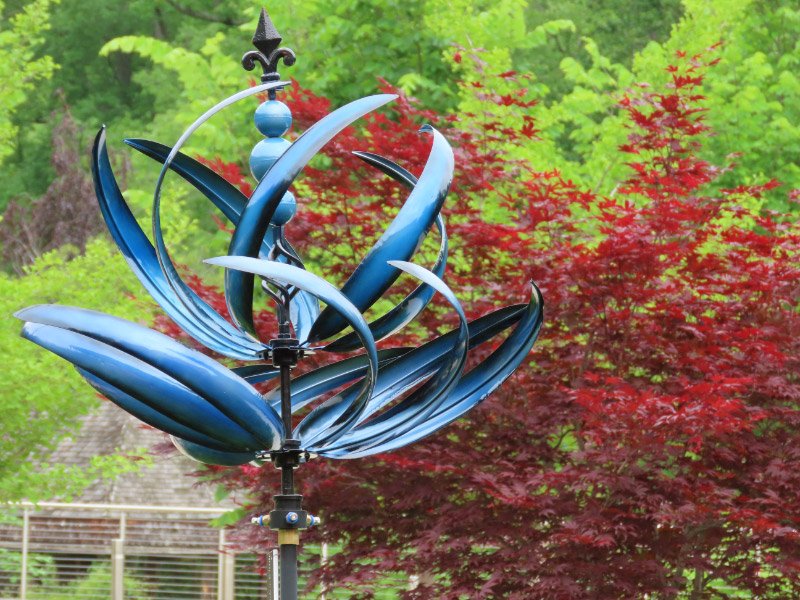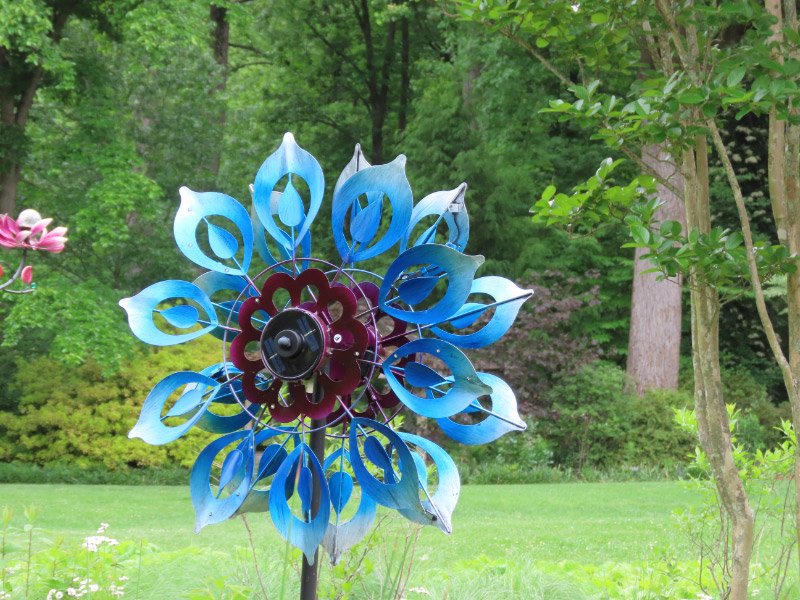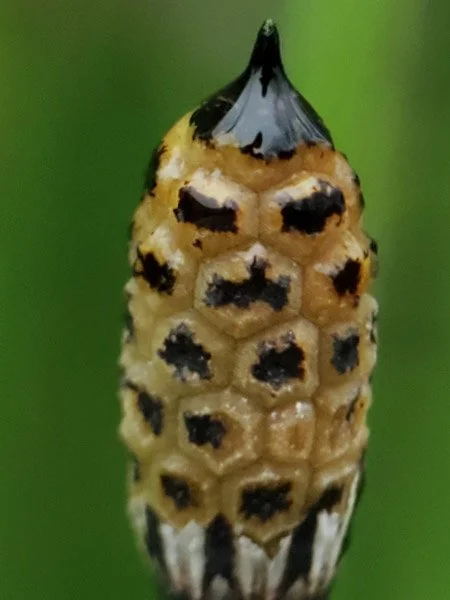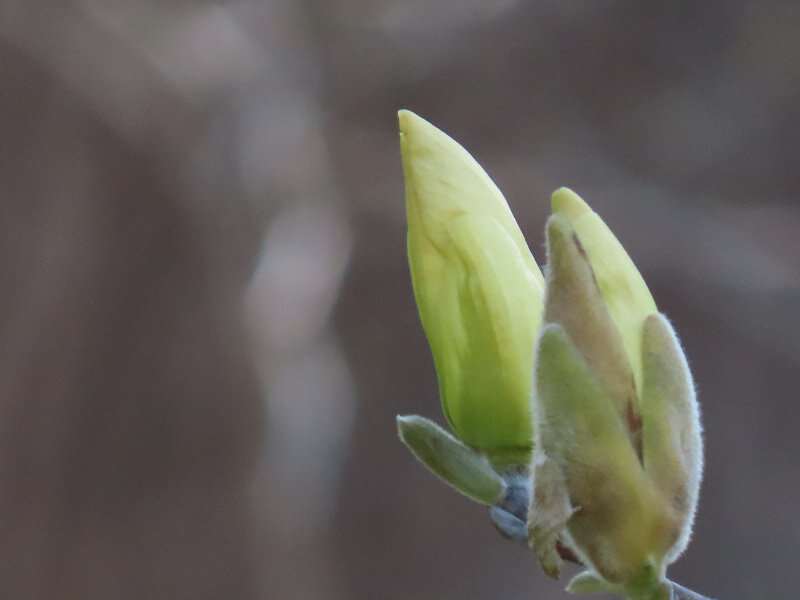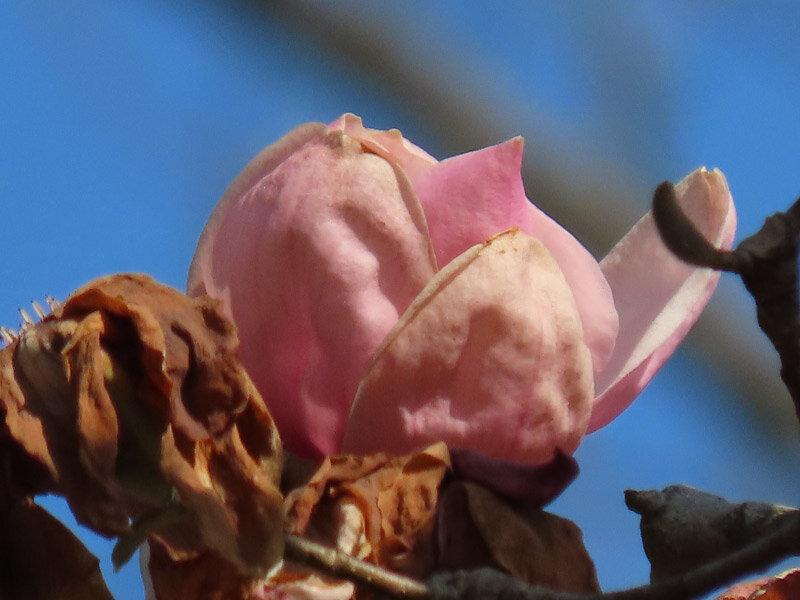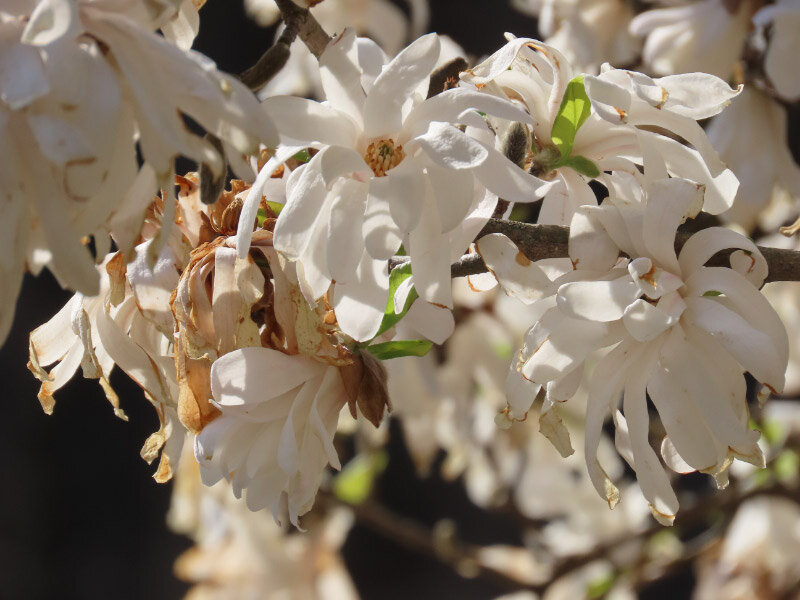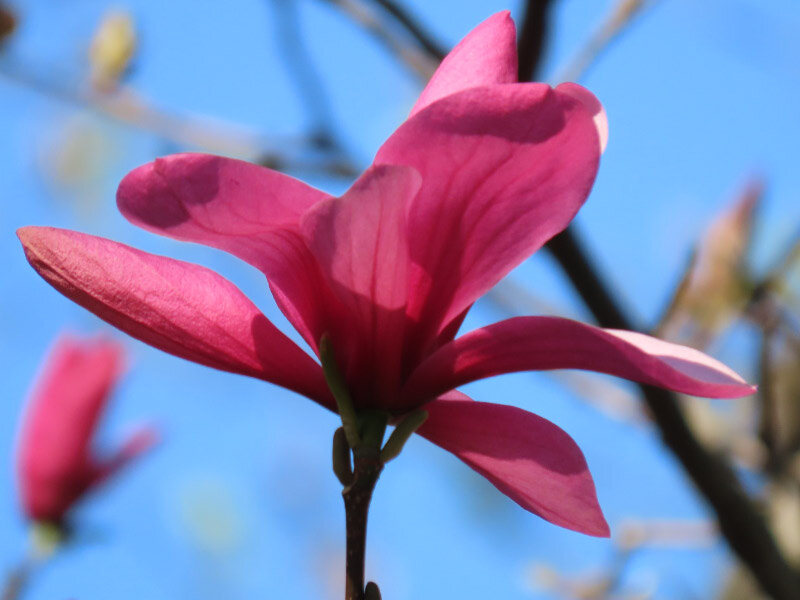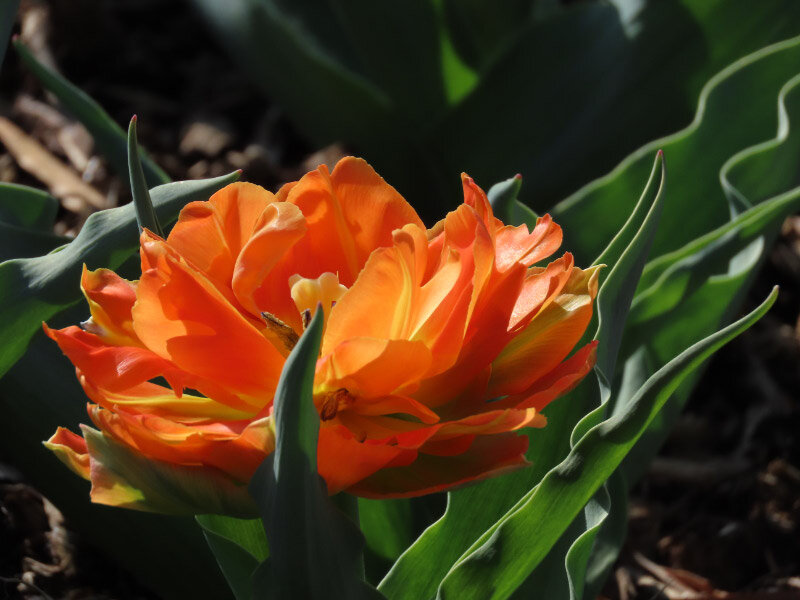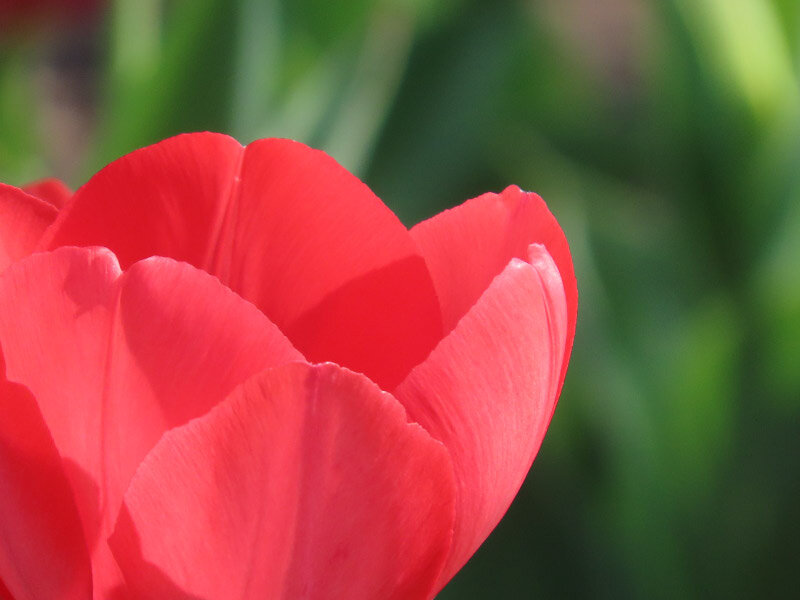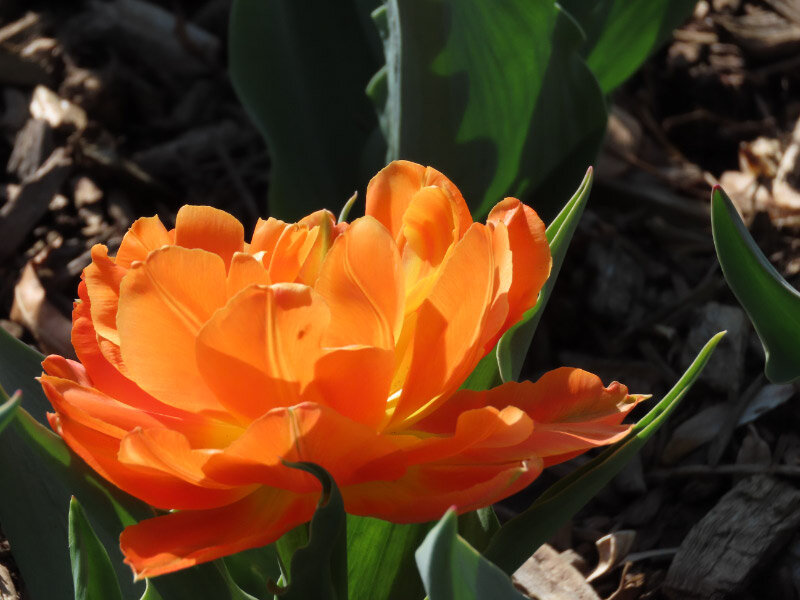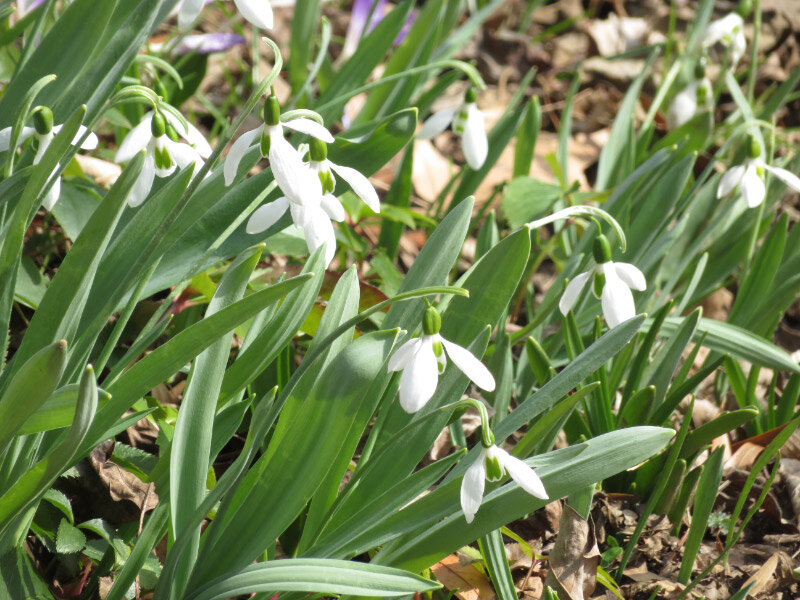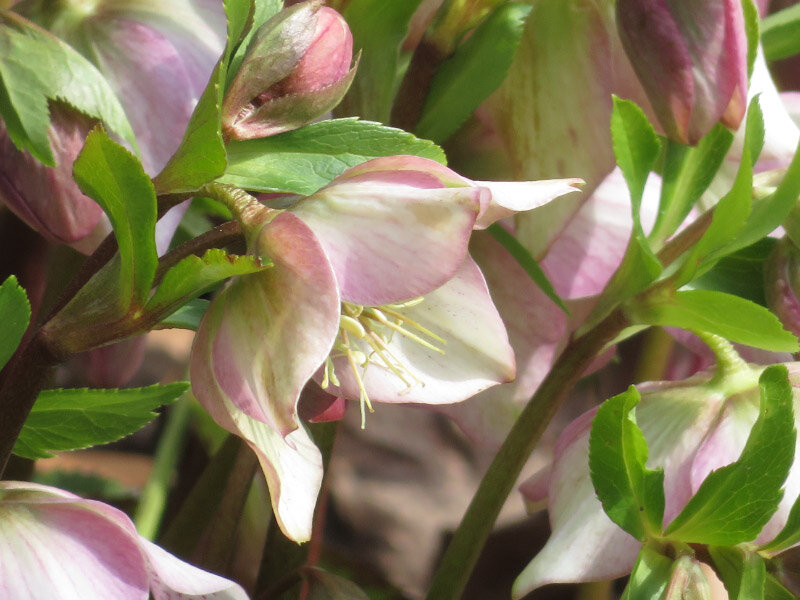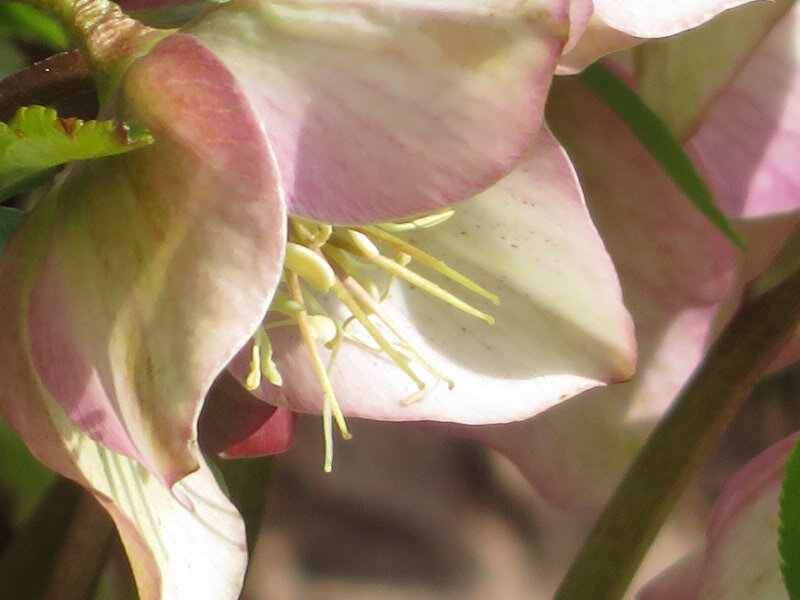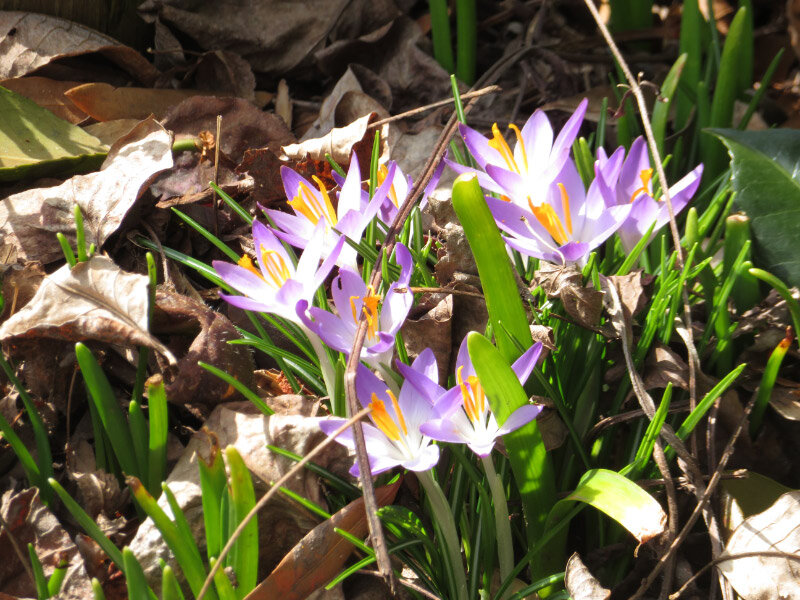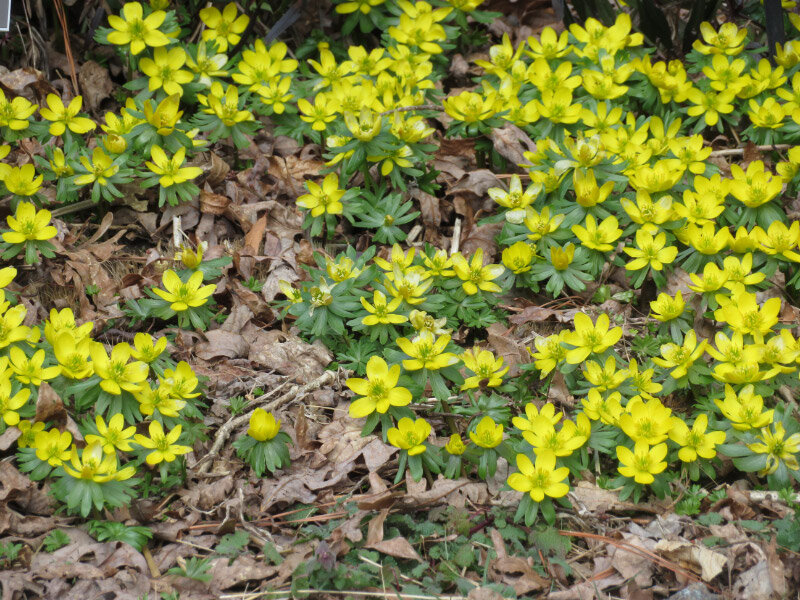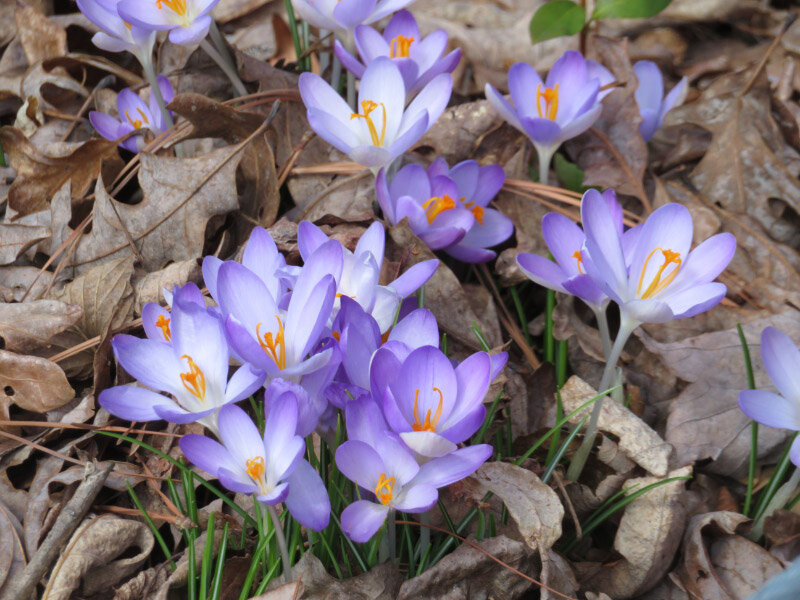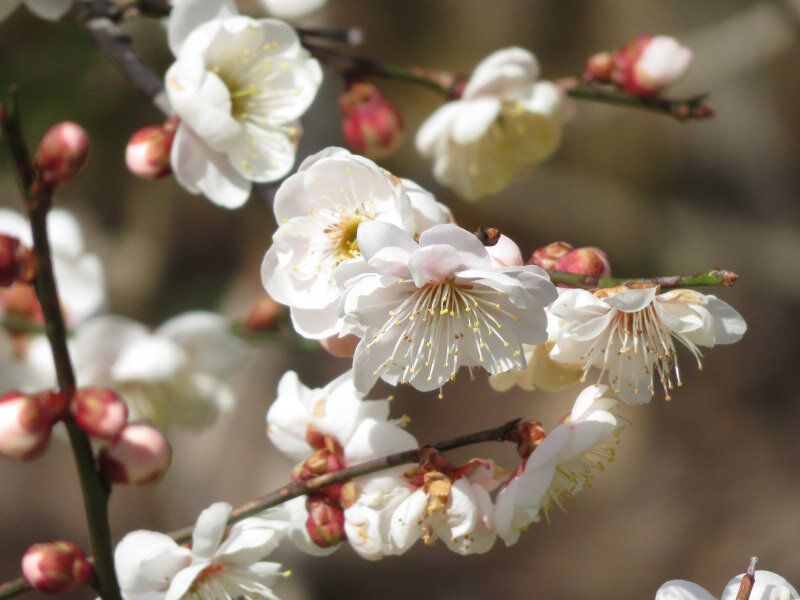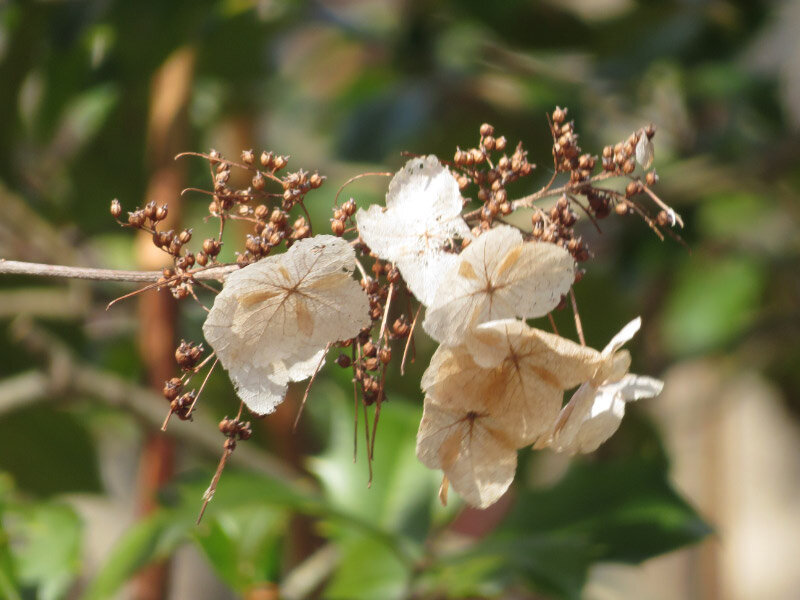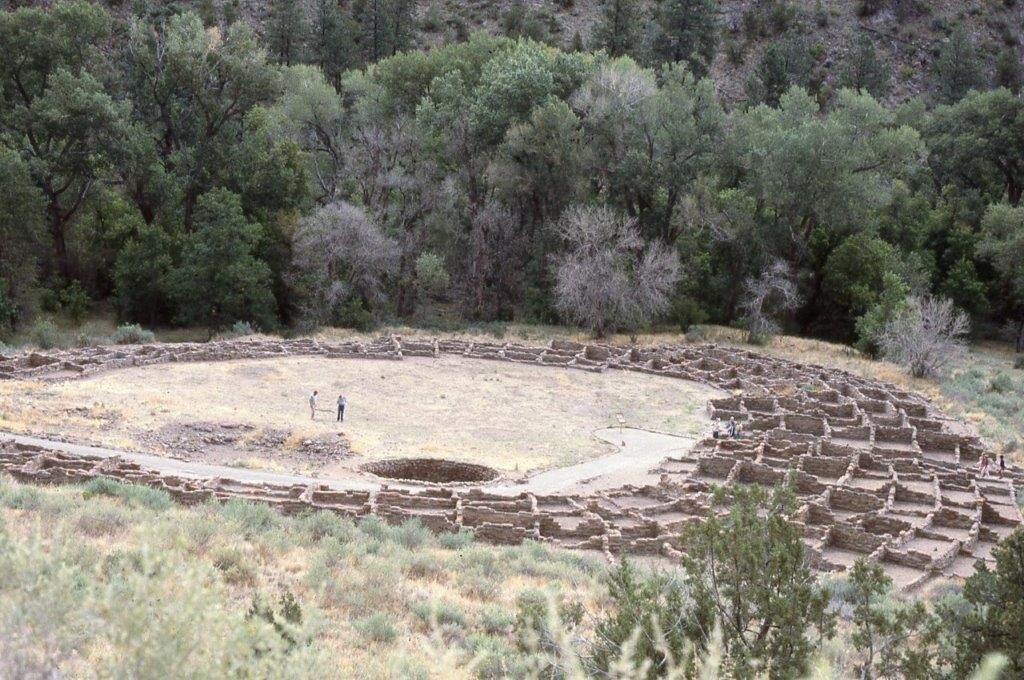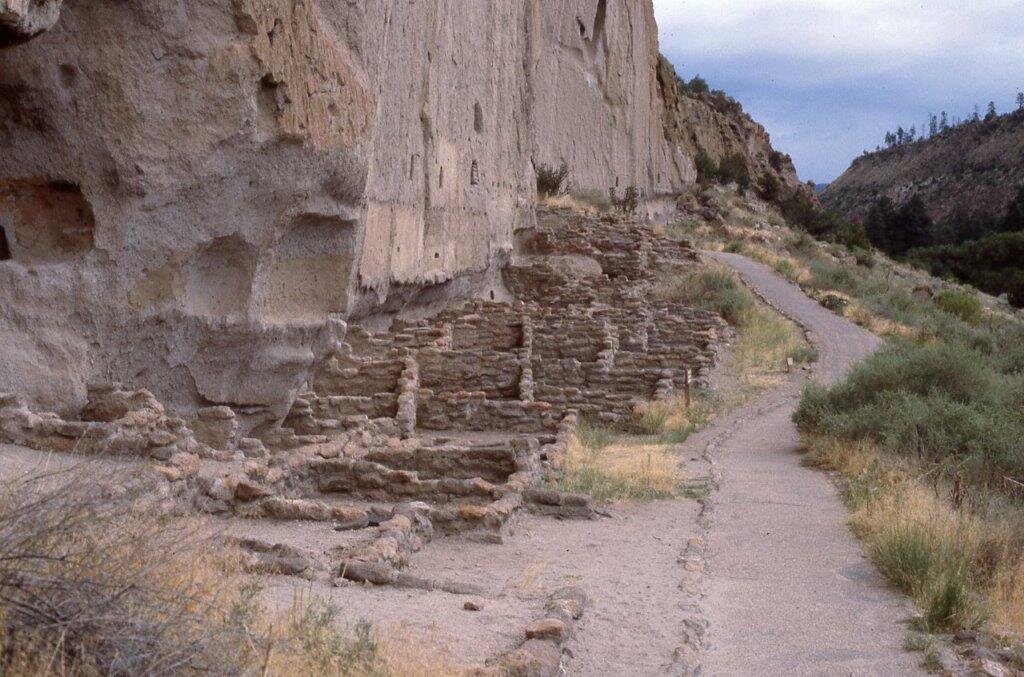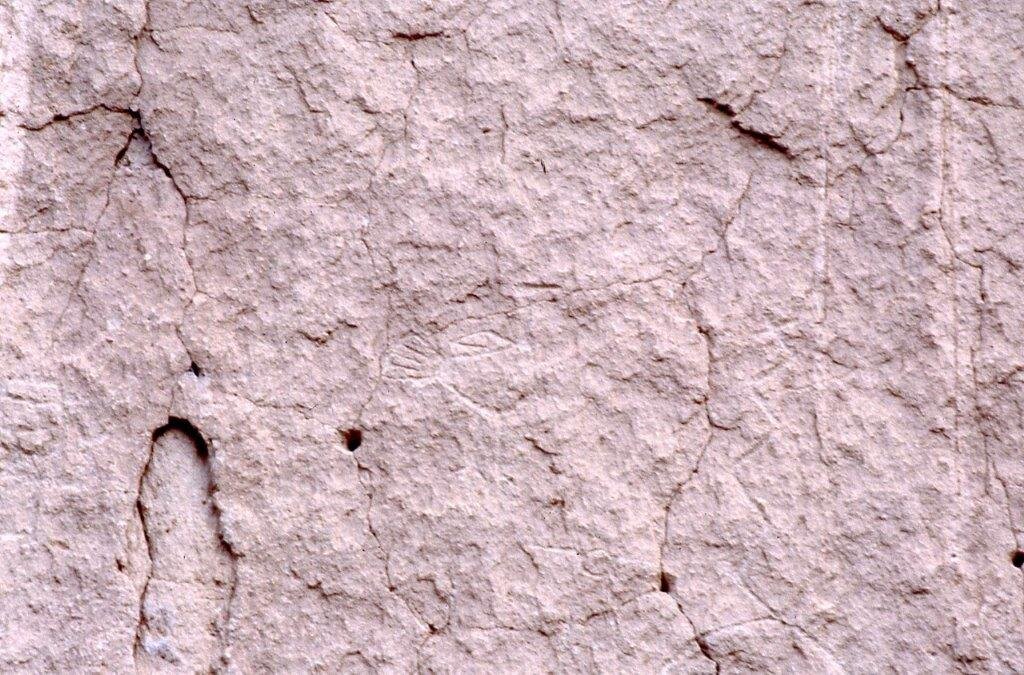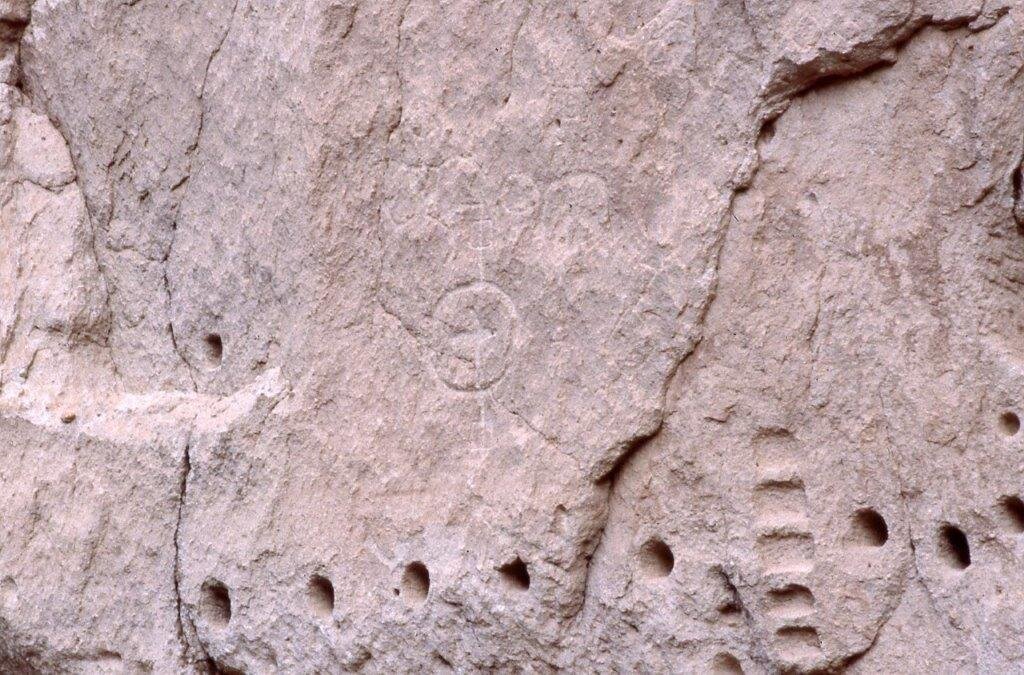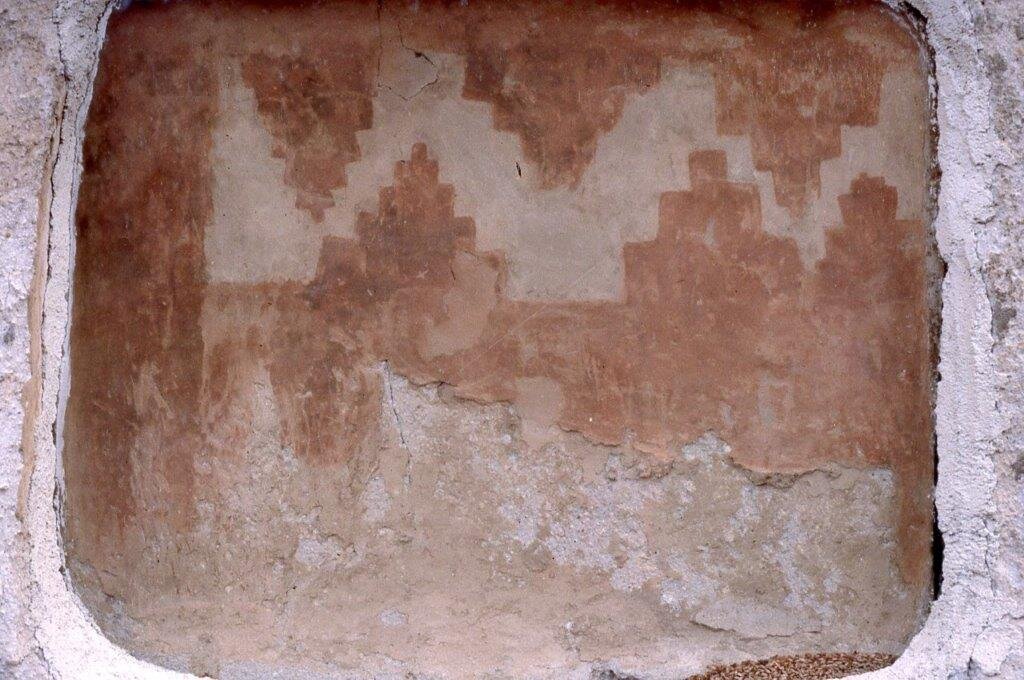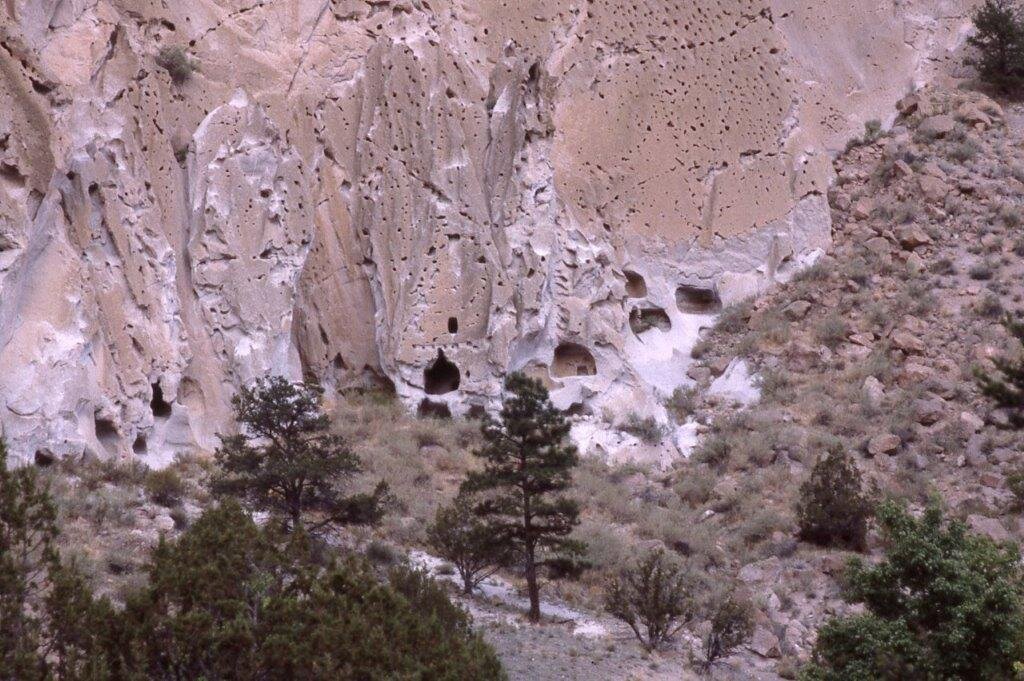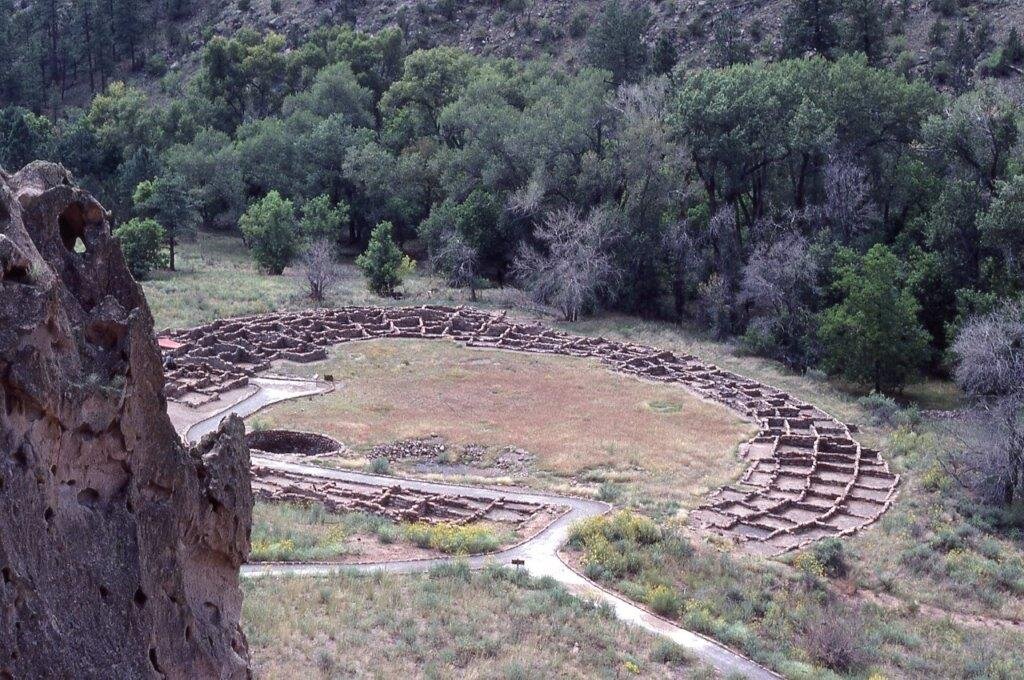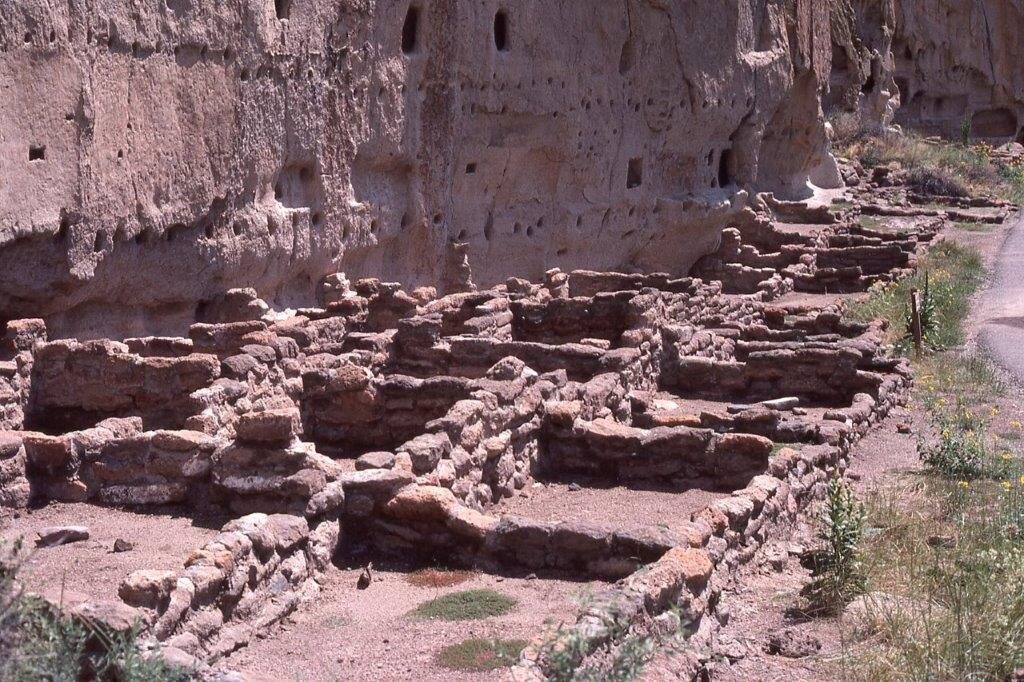Garvan Woodland Gardens (1)
/I’d heard about Garvan Woodland Gardens from one of my neighbors – decided that it was a place to see along with Hot Springs National Park. Out membership in Friends of the Springfield Botanical Gardens provided us with free admission so we visited on both days we were in Hot Springs.
On the first day, we arrived after lunch and noticed the carillon as we walked from the parking lot to the welcome center.
It had rained earlier in the day and the humidity was very high. We opted to take the Golf Cart Tour (which cost us $20 each) – which turned out to be a great way to orient ourselves to the place. Our driver/guide was very informative about the history, maintenance, and highlights of the gardens. Our visit between spring and summer flowers so there were not a lot of blooms…but the trees and the ambiance of the place made the visit worthwhile. I took a few pictures along the tour: pools of water on rocks, a stone bridge, a few flowers, the slope down to the lake, butterfly weed, ferns with horsetails, fairy houses, and the shape of an eye in stone.
Tomorrow’s post will be about our second visit to Garvan Gardens when we revisited our favorite places.














